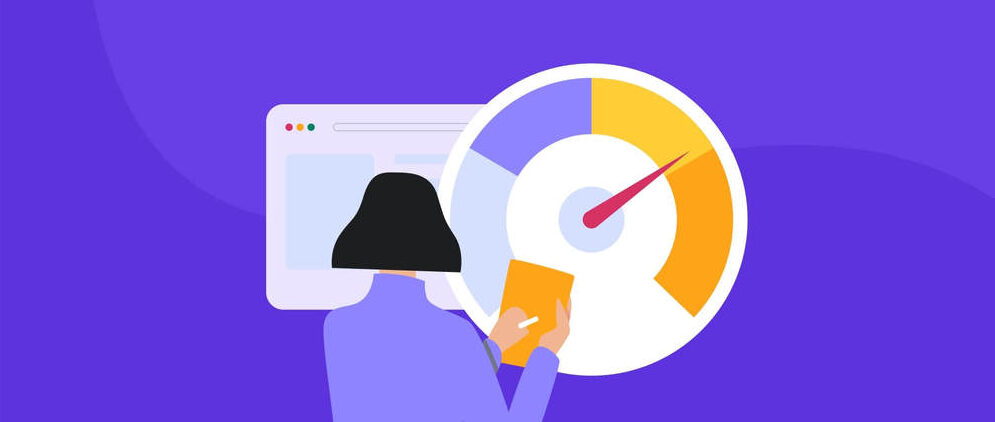In today’s digital age, having a website that loads quickly is essential. With the fast-paced nature of life, no one wants to wait for a slow loading website, and if your website doesn’t load quickly enough, you risk losing potential customers. That’s why optimizing your website’s loading speed is so important. But how do you go about this? In this post, we’ll cover the best practices and useful tools for optimizing your website’s loading speed. From minifying code to caching resources and more, read on to learn how you can make sure your site loads at lightning speeds!
What is loading speed and why is it important?
„What is loading speed and why is it important?”
Loading speed is the time it takes for a page to load. It is measured in seconds and divided into two categories: above the fold and below the fold. Above the fold refers to the visible part of a web page that can be seen without scrolling, while below the fold refers to the part of the web page that can only be seen by scrolling down.
Why is loading speed important? Because it directly impacts user experience. A slow loading website will result in users leaving before they even have a chance to see what you have to offer. In fact, 40% of users will abandon a website that takes longer than 3 seconds to load. On the other hand, a faster loading website will keep users engaged and more likely to convert into customers or subscribers.
There are many factors that contribute to loading speed, such as file sizes, images, scripts, and stylesheets. In order to optimize your website’s loading speed, you need to identify which factors are causing your website to load slowly and take steps to address them. Fortunately, there are many tools available that can help you with this process.
Best practices for optimizing website loading speed
There are many factors that contribute to a slow loading website, but there are some common issues that can be addressed to help improve site speed. One of the most important things to keep in mind when optimizing website loading speed is to minimize HTTP requests. Each time a browser sends an HTTP request, there is latency involved in waiting for the server to respond. Reducing the number of requests can help reduce this latency and improve loading speed.
Another way to improve website loading speed is by using caching. Caching allows frequently accessed resources to be stored locally on the user’s device so that they don’t have to be fetched from the server each time they are needed. This can greatly reduce latency and improve loading speed, especially for resources that are used often such as images or CSS files.
Minifying resources such as HTML, CSS, and JavaScript can also help improve website loading speed by reducing file size and thus reducing bandwidth usage. Gzip compression can be used to further reduce file sizes for transferring data over the network.
Finally, it is important to optimize any third-party scripts or code included on your website. These scripts can often add significant overhead and can slow down page load times if not properly optimized. Make sure to audit any third-party code included on your site and make sure it is as efficient as possible before including it on your live site.
Useful tools for measuring and improving website loading speed
There are a number of tools that can be used to measure and improve website loading speed. Here are some of the most useful:
Google PageSpeed Insights: This tool analyzes a page’s performance and provides actionable recommendations on how to improve its loading speed.
Pingdom Tools: This tool tests the loading speed of a page and provides a detailed report on what could be causing slow load times.
GTmetrix: This tool measures a page’s loading speed and provides actionable recommendations on how to improve it.
WebPagetest: This tool tests the loading speed of a page and provides detailed information on what is causing slow load times.
These are just a few of the many tools available for measuring and improving website loading speed. By making use of these tools, you can ensure that your website loads quickly and efficiently for all users.
Keeping your website’s loading speed optimized is key to improving user experience and achieving higher search engine rankings. With the right tools and best practices, you can take advantage of a variety of options that will help you optimize your website’s loading speed. From optimizing images to choosing the right hosting provider, there are many ways to ensure that your website loads quickly and efficiently. Investing in these optimization efforts now will pay off in improved performance for years to come.
